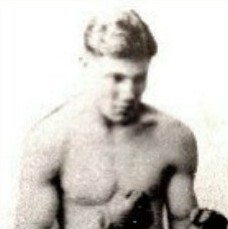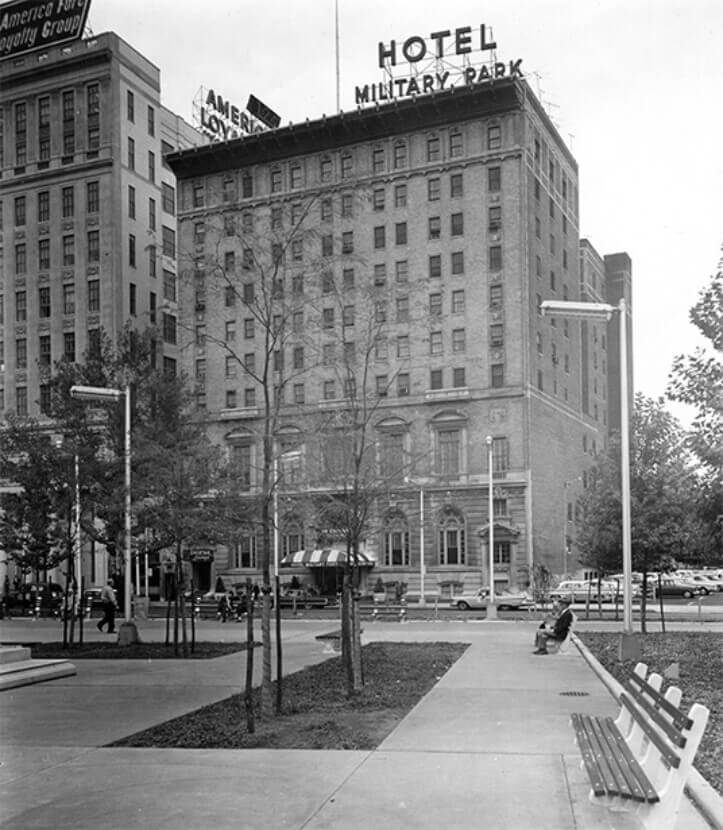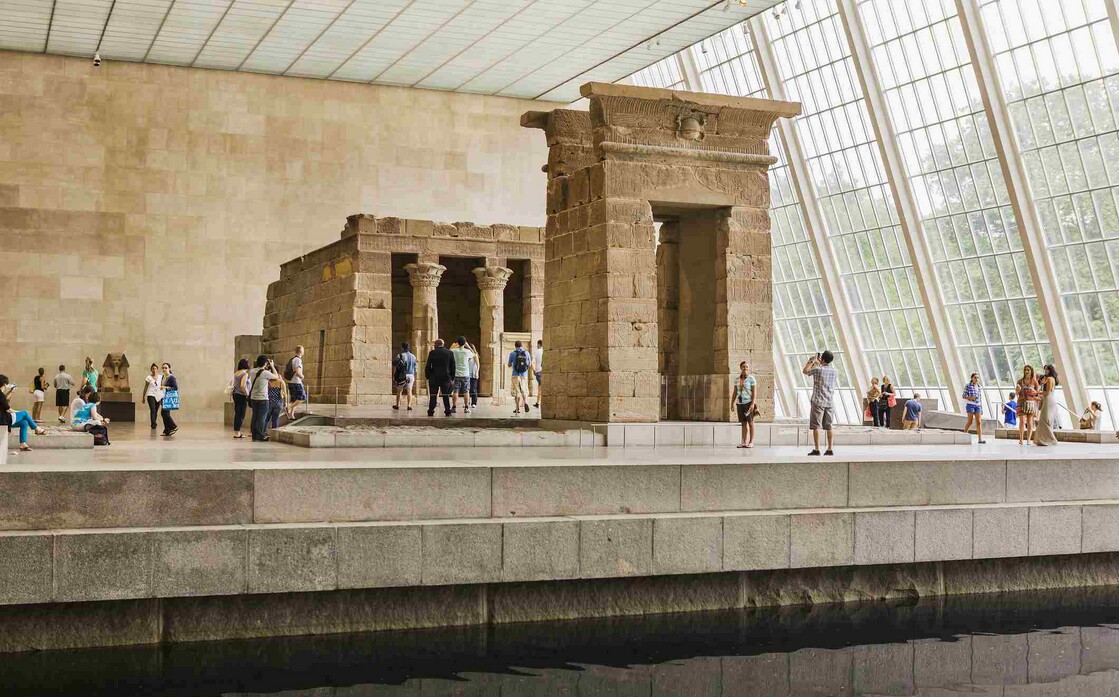
As a kid, I took boxing lessons at the Newark Athletic Club. My mother was the comptroller there, sort of a senior accountant. My boxing instructor and sparring partner was Solly Castellano, a lightweight (135 pound) former pro fighter who fought from 1925 to 1929. Solly’s professional debut was in January 1925, when he knocked out one Sandy Hook (sic) of the UK in the fourth round. Solly’s record was 44 wins, 8 losses, and 4 draws – not too shabby. He also won the New Jersey lightweight championship, in May 1928.
Solly must have been about 50 years old when he had what was to me his most memorable fight. According to the Newark News, he was standing in a store entrance on Broad Street, waiting for the bus, when two thugs decided the little guy would be easy to mug. He sent them both to the hospital.
I don’t remember much about my lessons except being taught to keep my hands up, watch my stance, and throw a punch when the opportunity arose. I had very few fights as a kid, but those lessons gave me a lot of confidence, and sometimes that’s enough.
Shortly after my family moved from East Orange to Orange and I entered my new school halfway through sixth grade, a kid named Joe Stokes approached me in the schoolyard and started what we now call “trash talking,” about my white socks and sandals, never a good look for a kid, especially a new kid. He put his hands up and so did I; as we circled around each other, a spectator said something like “He looks like he knows how to fight” and after circling some more, it all petered out and the subject was dropped without a punch being thrown. In defense of my white socks and sandals, at that time my feet were troubled by eczema, a skin condition that produces runny sores. Yecch.
Joe and I had one other run-in. During a fire drill, I was assigned to hold open one of the heavy hall doors, standing behind it so everyone could pass quickly. Coming back after the drill, Joe saw me behind the door, my back to the wall, and charged. My feet were planted, blocking the bottom of the door from moving, but the top flexed in, then bounced back into his face. As Nelson Muntz might say, “HA-ha!”. Life is good.
Another benefit of Mom’s job was my getting swimming lessons and using the club’s big pool. During the summer, I’d take the Number 20 bus down to Newark two or three afternoons a week. Some days I’d buy a bag of shelled peanuts at McCrory’s 5 and 10, then sit by the colossal Wars of America sculpture and toss them to the pigeons and squirrels.

I don’t remember much about my swimming lessons except kicking my way back and forth across the pool while hanging onto a board, which I guess is how everybody starts out. The club members were politicians, judges and business executives, and the club was for men only. Add to the list of things that were normal then but seem weird now, the swimming was nude, and there would be a half-dozen or so grown men swimming at the same time as me. I’m sure Mr. Bassini, the pool manager, towel-giver-outer, and Managing Director, kept an eye on me.
When I got tired of swimming, I’d take a ride on the club’s electric horse, which was pretty cool. Later, I’d hang around Mom’s office reading, or fiddling with the typewriter and adding machine. We’d take the bus home, maybe stopping for dinner at the Howard Johnson’s on Central Avenue. She could never talk me out of ordering my favorite, Salisbury steak.
About the Club

